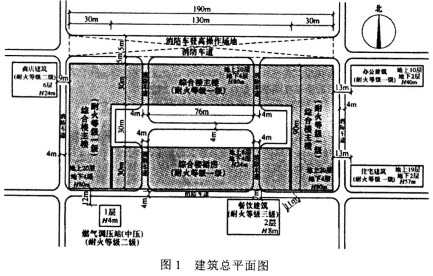She was French; he was English; they had just moved to London from Paris. When he found out about her affair, she begged for a reconciliation. He was more ruthless: the same afternoon, he filed for divorce in France, one of the stingiest jurisdictions in Europe for the non-earning spouse and where adultery affects the court’s ruling. Had she filed first in England her conduct would have been irrelevant, and she would have had a good chance of a large share of the marital assets, and even maintenance for life.
International divorce is full of such dramas and anomalies, so the natural response of policymakers is to try to make things simpler and more predictable. But the biggest attempt in recent years to do just that, in a European agreement called Rome Ⅲ, has just been shelved. Instead, several EU countries are now pressing ahead with their own harmonisation deal. Many wonder if it will work any better.
At issue is the vexed question of which country’s law applies to the break-up of a mixed marriage. The spouses may live long-term in a third country and be temporarily working in a fourth. The worst way to sort that out is with expensive legal battles in multiple jurisdictions.
The main principle at present is that the first court to be approached hears the case. Introduced in 2001, this practice has worked well in preventing international legal battles, but has made couples much more trigger-happy, because the spouse who hesitates in order to save a troubled marriage may lose a huge amount of money. Rome III aimed to remove the incentive to go to court quickly. Instead, courts in any EU country would automatically apply the local law that had chiefly governed the marriage. This approach is already in force in countries such as the Netherlands. A couple that moved there and sought divorce having spent most of the marriage in France, say, would find a Dutch court dividing assets and handling child custody according to French law.
That works fine among continental European countries where legal systems, based on Roman law, leave little role for precedent or the judge’s discretion. You can look up the rules on a website and apply them. But it is anathema in places such as England, where the system favours a thorough (and often expensive) investigation of the details of each case, and then lets judges decide according to previous cases and English law.
Another snag is that what may suit middle-class expatriates in Brussels (who just happened to be the people drafting Rome Ⅲ) may not suit, for example, a mixed marriage that has mainly been based in a country, perhaps not even an EU member, with" a sharply different divorce law. Swedish politicians don’t like the idea that their courts would be asked to enforce marriage laws based on, say, Islamic sharia.
The threat of vetoes from Sweden and like-minded countries has blocked Rome Ⅲ. But a group of nine countries, led by Spain and France, is going ahead. They are resorting to a provision in EU rules-never before invoked-called " enhanced co-operation" This sets a precedent for a "multi-speed’" Europe in which like-minded countries are allowed to move towards greater integration, rather than seeking a "big-bang" binding treaty that scoops up the willing and unwilling alike. Some countries worry that using enhanced co-operation will create unmanageable layers of complexity, with EU law replaced by multiple adhoc agreements.
The real lesson may be that Rome III was just too ambitious. A more modest but useful goal would be simply to clarify the factors that determine which court hears a divorce, and then let that court apply its own law. David Hodson, a British expert, proposes an international deal that would start by giving greatest weight to any prenuptial agreement, followed by long-term residency, and then take into account other factors such as nationality. That would then make it easier to end marriages amicably, with mediation and out-of-court agreement, rather than a race to start the beastly business of litigation.
According to the text, what might possibly be a reasonable course in determining which court hears a divorce.9()
A. Prenuptial agreement-long-term residency-nationality
B. Long-term residency-birth place-nationality of the party who filed divorce
C. Prenuptial agreement-nationality-birth place
D. Court first hears the case-prenuptial agreement-long-term residency

